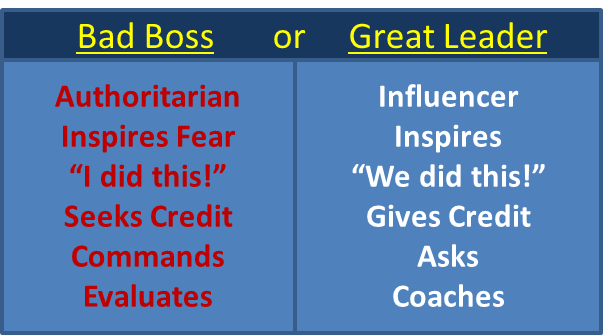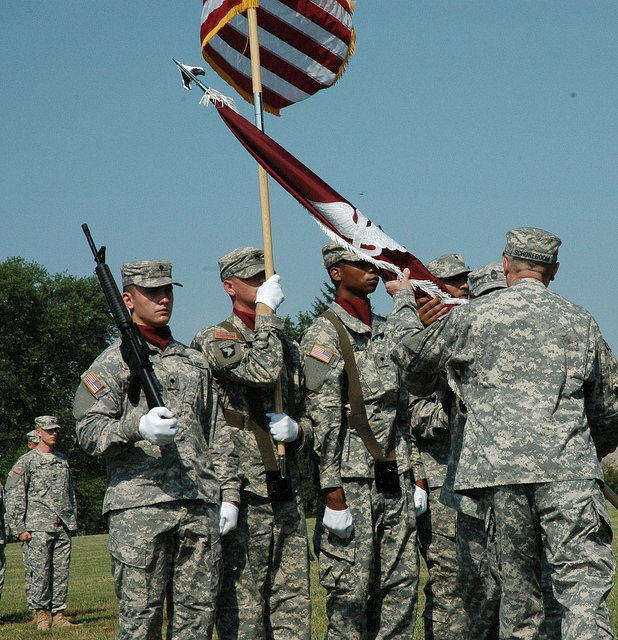That cold shoulder just might be feedback…Are you listening?
Your teenage daughter walks in to the house after school looking sullen and without her characteristic after school greeting. You ask, “How was school?†“Fine†is the answer. But a few seconds later the slam of a bedroom door indicates to you that everything, indeed, is not fine. The silent treatment continues into dinner despite your efforts to find out what the problem is. Thank goodness at work you get to deal with mature adults where nothing like this ever happens, right? Right.
You’ve noticed that Bill, one of your team members, isn’t his usual self. In fact, it seems like he is being downright rude. He’s doing the work, mostly, but he’s not being as punctual and you are finding more than the usual number of errors in his stuff. He also has been kind of sarcastic in meetings. Not to the point of open insubordination, but still, it’s getting annoying. You finally ask, “Bill, everything OK?†“It’s fine.†Sound familiar?Read More »That cold shoulder just might be feedback…Are you listening?



 “Lead, do you have the target in sight?†Those words coming over the radio from my deputy flight lead, the third aircraft in our four aircraft formation of F-16’s, caused immediate consternation in the lead aircraft, of which I happened to be the sole occupant. It took just a few seconds to realize I had made a navigation error; I had inadvertently selected a navigation point beyond our target. Correcting the problem revealed that I was indeed overflying our assigned target. Now, what to do about it?
“Lead, do you have the target in sight?†Those words coming over the radio from my deputy flight lead, the third aircraft in our four aircraft formation of F-16’s, caused immediate consternation in the lead aircraft, of which I happened to be the sole occupant. It took just a few seconds to realize I had made a navigation error; I had inadvertently selected a navigation point beyond our target. Correcting the problem revealed that I was indeed overflying our assigned target. Now, what to do about it?
 The change of command ceremony is rooted in military history dating back to the 18th century during the reign of Frederick the Great of Prussia. At that time, organizational flags were developed with color arrangements and symbols unique to each particular unit. To this flag and its commander, the soldiers of the unit would dedicate their loyalty and trust.
The change of command ceremony is rooted in military history dating back to the 18th century during the reign of Frederick the Great of Prussia. At that time, organizational flags were developed with color arrangements and symbols unique to each particular unit. To this flag and its commander, the soldiers of the unit would dedicate their loyalty and trust.